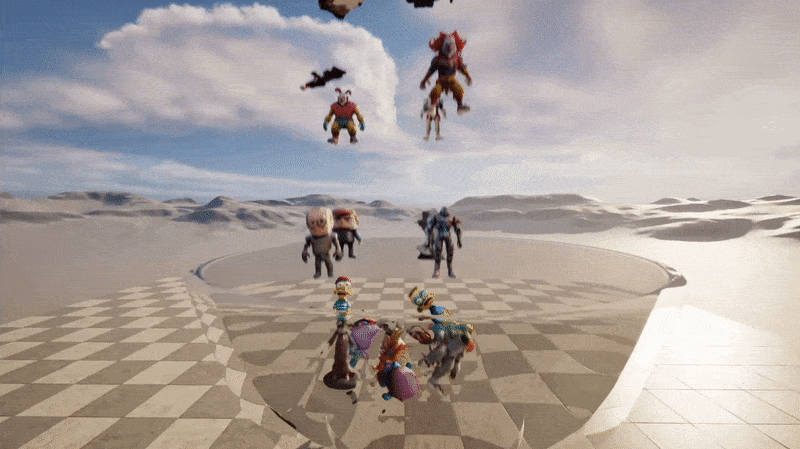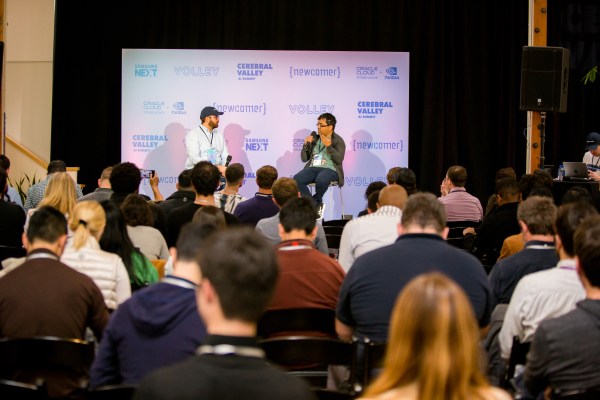Stability AI, the startup behind the text-to-image AI model Stable Diffusion, thinks 3D model creation tools could be the next big thing in generative AI.
At least, that’s the message it’s sending with the launch of Stable 3D, an AI-powered app that generates textured 3D objects for modeling and game development platforms like Blender, Maya, Unreal Engine and Unity.
Available in private preview for select customers who reach out to Stability via the company’s contact form, Stable 3D is designed to enable non-experts to generate “draft-quality” 3D models “in minutes,” Stability AI writes on its blog.
“For graphic designers, digital artists and game developers, 3D content creation can be among the most complex and time-consuming tasks, often taking hours — sometimes days — to create a moderately complex 3D object,” writes the company. “Stable 3D levels the playing field for independent designers, artists and developers, enabling them to create thousands of 3D objects per day at very little cost.”
Bombast aside, Stable 3D seems fairly robust — and comparable in terms of its capabilities to other model-generating tools on the market. Users can describe in natural language a 3D model they want to create or upload an existing image or illustration to convert into a model. Stable 3D outputs 3D models in the “.obj” file format, which allows them to be edited and manipulated using most standard 3D modeling tools.
Stability hasn’t revealed which data it used to train Stable 3D. Given generative AI models’ tendency to regurgitate training data, this could become a point of concern down the line for the tool’s commercial users. If any of the data was copyrighted and Stability AI didn’t obtain the proper licensing, Stable 3D customers could end up unwittingly incorporating IP-infringing work into their projects.
And Stability AI doesn’t have the best track record when it comes to respecting IP. Earlier this year, Getty and several artists sued the startup for allegedly copying and processing millions of images owned by them to train Stable Diffusion without proper notification or compensation.
Stability AI recently partnered with startup Spawning to respect “opt-out” requests from artists, but it’s unclear if the partnership covers Stable 3D’s training data. We’ve reached out to Stability AI for more information and will update this post if we hear back.
Potential legal ramifications aside, Stable 3D marks Stability AI’s entrance into the nascent — but already crowded — field of AI-powered 3D model generation.

3D models generated with Stability AI’s new Stable 3D tool. Image Credits: Stability AI
There’s 3D object-creating platforms such as 3DFY and Scenario, as well as startups like Kaedim, Auctoria, Mirage, Luma and Hypothetic. Even incumbents such as Autodesk and Nvidia are beginning to dip their toes in the space with apps like Get3D, which converts images to 3D models, and ClipForge, which generates models from text descriptions.
Meta, too, has experimented with tech to generate 3D assets from prompts. So has OpenAI, which last December released Point-E, an AI that synthesizes 3D models with potential applications in 3D printing, game design and animation.
Stable 3D appears to be Stability AI’s latest attempt to diversify its business — or perhaps pivot — in the face of increasing competition from art-creating generative AI platforms, including Midjourney and the aforementioned OpenAI.
In April, Semafor reported that Stability AI was burning through cash — spurring an executive hunt to ramp up sales. According to Forbes, the company has repeatedly delayed or outright not paid wages and payroll taxes, leading AWS — which Stability uses for compute to train its models — to threaten to revoke Stability’s access to its GPU instances.
Stability AI recently raised $25 million through a convertible note (i.e. debt that converts to equity), bringing its war chest to more than $125 million. But it hasn’t closed new funding at a higher valuation; the startup was last valued at $1 billion. Stability was said to be seeking quadruple that figure within the next few months despite stubbornly low revenues.
In other seeming attempts at differentiation and drumming up sales, Stability AI today announced new features for its online AI-powered photo editing suite, including a model fine-tuning feature that lets users personalize the underlying art-generating models and a “sky replacer” tool that substitutes the color and aesthetic of the sky in photos with preset alternatives.
The new tools join Stability AI’s growing stable of AI-powered products, including the music-generating suite Stable Audio, doodle-creating app Stable Doodle and a ChatGPT-like chatbot.
